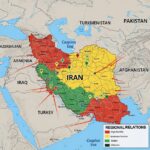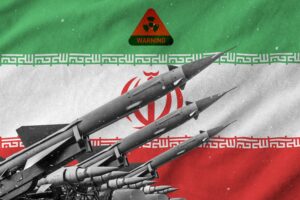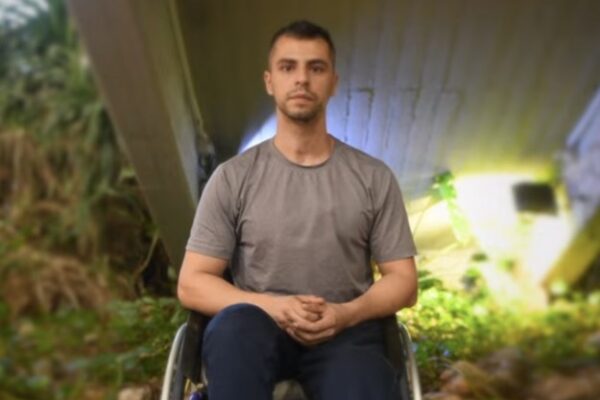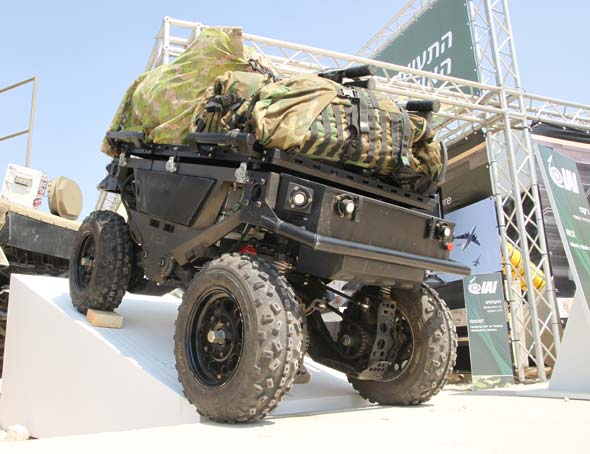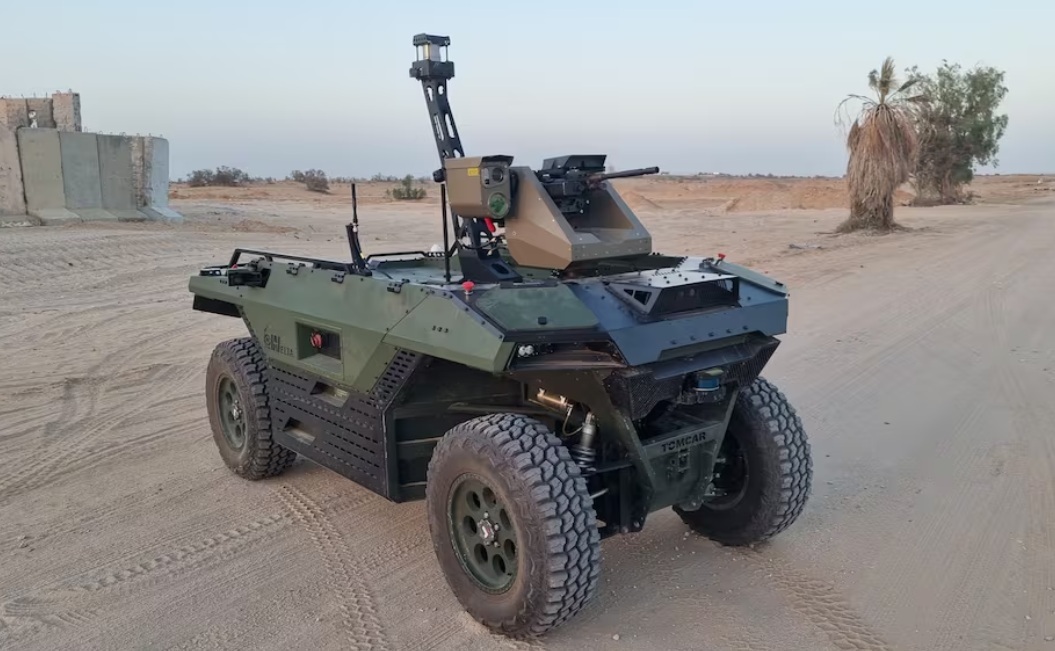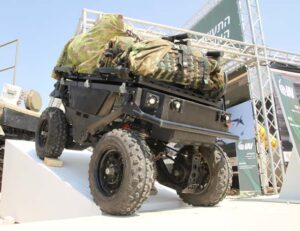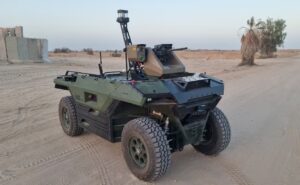The USA, Russia, China, and several European nations have all attempted to develop high-energy laser weapons, but failed.
By Hezy Laing
Israel has stunned the global defense community by becoming the first country in the world to deploy a fully operational laser-based air defense system.
Known as Iron Beam, this high-energy laser weapon was developed jointly by Rafael Advanced Defense Systems and Elbit Systems, with support from the Directorate of Defense Research and Development (DDR&D).
After more than a decade of development, Iron Beam was declared operational in September 2025 and is set to be delivered to the IDF by year’s end.
Unlike conventional missile interceptors, Iron Beam uses directed energy to destroy rockets, drones, and mortars at the speed of light—within seconds of detection.
During the Swords of Iron War, prototypes successfully neutralized dozens of loitering munitions and one-way attack drones, marking the world’s first combat use of laser weapons.
The system’s cost-effectiveness is revolutionary: each interception costs just $2, compared to tens of thousands for Iron Dome missiles.
The Israeli Ministry of Defense recently signed a NIS 2 billion ($530 million) deal to expand production.
Israel overcame decades of global setbacks in laser weapon development by solving key technical challenges in power generation, beam stability, targeting precision, and battlefield integration.
Major Technical Challenges and Solutions
1. Power Output and Beam Strength – Most nations struggled to scale laser systems beyond 30–50 kilowatts, which is insufficient to destroy fast-moving aerial threats. Israel’s Iron Beam reached 100 kilowatts, the threshold needed to neutralize rockets, drones, and mortars. This was achieved through advanced fiber laser technology and compact power modules developed by Rafael and Elbit Systems.
2. Atmospheric Interference – Lasers degrade in fog, dust, and humidity. Israel’s engineers developed adaptive optics and beam control algorithms that stabilize the laser path and compensate for environmental distortion. This ensures consistent performance even in desert or coastal conditions.
3. Target Tracking and Engagement Speed – Intercepting a rocket or drone requires millisecond-level precision. Iron Beam integrates real-time tracking systems with radar and electro-optical sensors, allowing it to lock onto and destroy targets within 3 seconds of detection.
4. Cooling and Energy Efficiency – High-energy lasers generate intense heat. Israel designed liquid cooling systems and energy recycling mechanisms to prevent overheating and maintain continuous operation. This innovation supports Iron Beam’s “unlimited magazine” capability.
5. Battlefield Integration – Iron Beam had to work seamlessly with existing systems like Iron Dome and David’s Sling. Rafael created a modular architecture that allows Iron Beam to be deployed on fixed platforms, vehicles, or towers, and to share data with other defense layers.
6. Cost and Scalability Each Iron Beam shot costs less than $2, compared to $40,000–$100,000 for interceptor missiles. This economic advantage was made possible by solid-state laser design, automated targeting, and low-maintenance components.
The United States, Russia, China, and several European nations have all attempted to develop high-energy laser weapons, but most efforts stalled due to technical, environmental, and strategic challenges.
The U.S. invested billions into laser programs like the Tactical High Energy Laser (THEL) and YAL-1 Airborne Laser, but both were canceled. THEL, a joint U.S.-Israel project, was scrapped in 2005 due to bulkiness, high costs, and poor battlefield performance. The YAL-1, mounted on a Boeing 747, was terminated in 2011 because of limited range, vulnerability, and impractical deployment. Current U.S. systems like HELIOS and DE M-SHORAD are still in testing phases.
Russia claimed progress with systems like Peresvet, a mobile laser reportedly used for blinding satellites. However, experts question its actual combat effectiveness, citing lack of transparency, limited power output, and infrastructure constraints.
China has demonstrated tactical lasers for anti-drone use but has not fielded a high-power system capable of intercepting missiles or rockets. Challenges include thermal blooming, atmospheric interference, and energy scaling.
European nations have tested laser prototypes, such as Germany’s LWS (Laser Weapon System) and the UK’s Dragonfire, but none have reached operational deployment. Issues include weather sensitivity, cooling requirements, and integration with existing defense platforms.
Why These Global Efforts Failed
Atmospheric interference: Lasers degrade in fog, dust, smoke, and humidity.
Power scaling: Reaching 100+ kilowatts reliably is difficult.
Cooling and energy demands: High-energy lasers overheat quickly and require complex cooling systems.
Deployment logistics: Many systems were too large or fragile for battlefield use.
Cost vs. reliability: Billions spent with limited success discouraged continued investment.
Future of Israeli Laser Tech
Israeli officials have hinted at cooperation but remain cautious. Former Defense Minister Yoav Gallant stated that Israel will “consider strategic partnerships,” but emphasized that Iron Beam is a sovereign asset. Given the U.S.–Israel defense alliance, limited tech transfer is likely, but full access may be restricted to preserve Israel’s edge. For now, Iron Beam remains a uniquely Israeli triumph in the global arms race.














